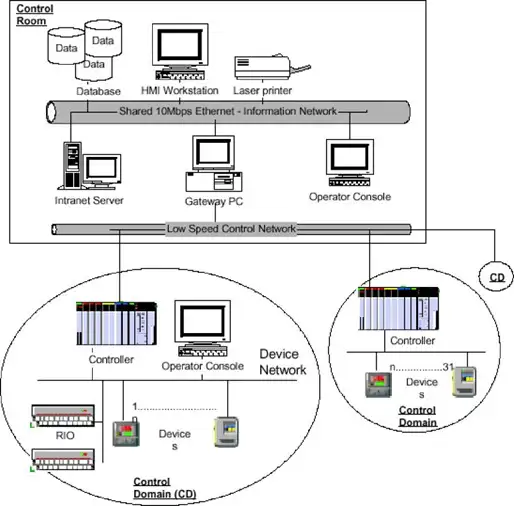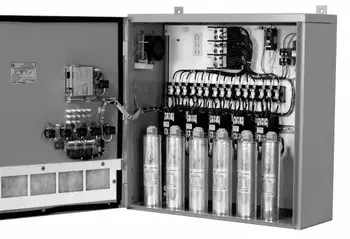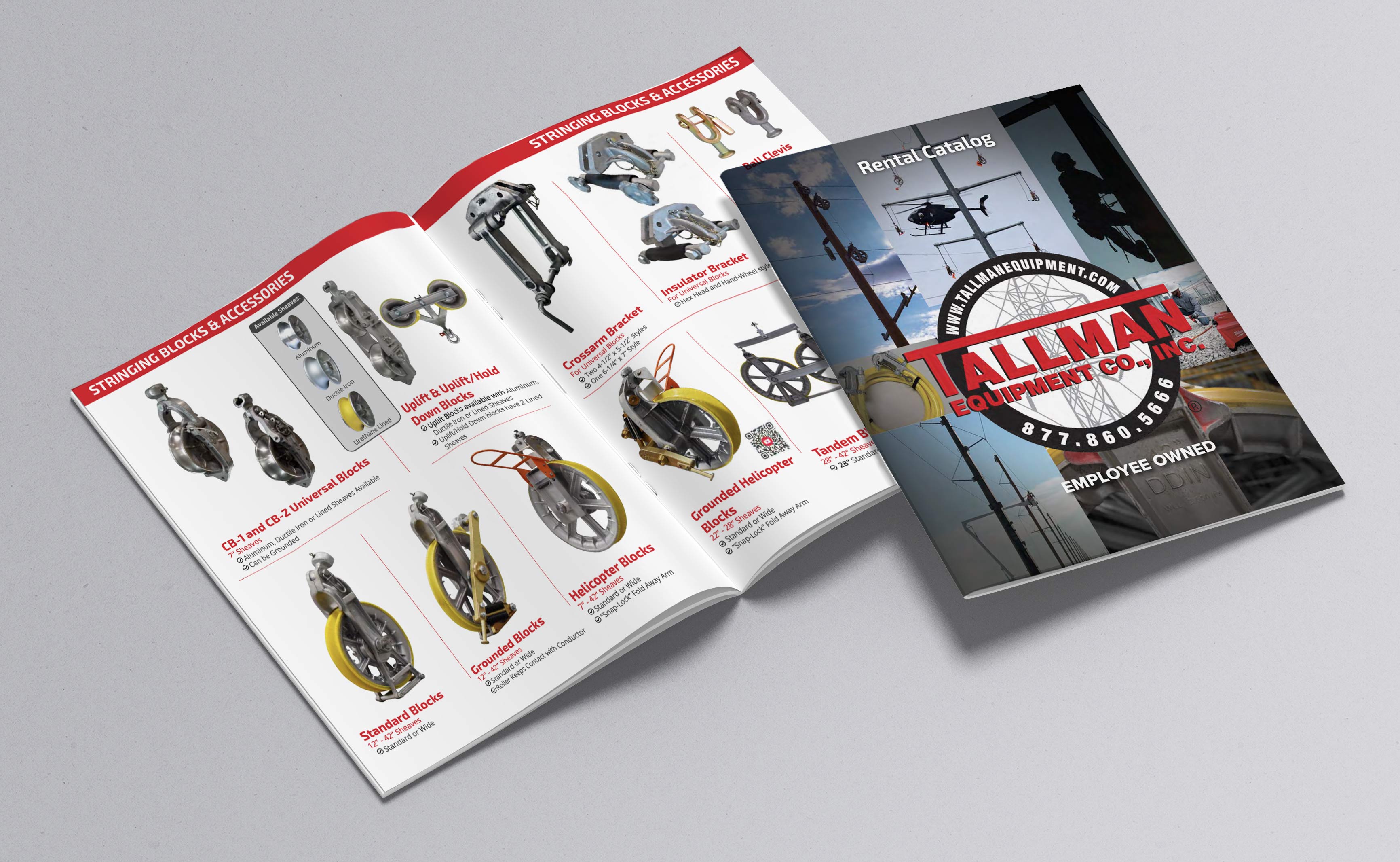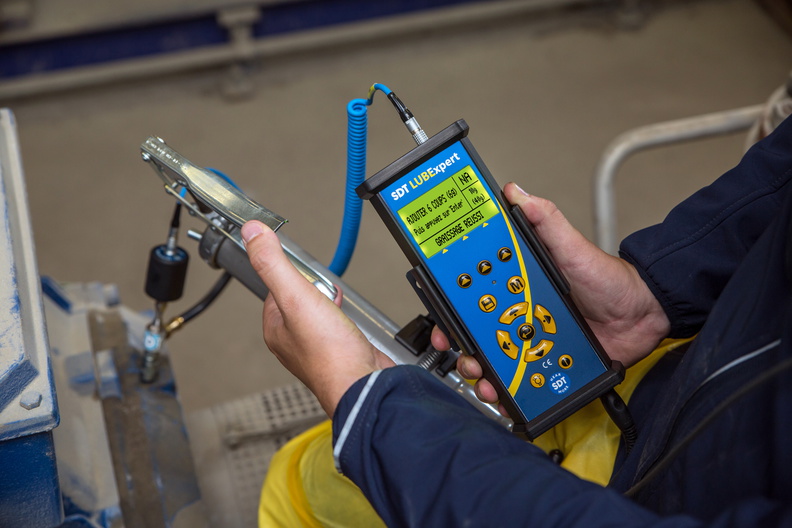Transmission Methods In Industrial Networks
By Stancho Djiev, Ph.D., Technical University Sofia, Bulgaria

Download Our OSHA FS3529 Fact Sheet – Lockout/Tagout Safety Procedures

- Learn how to disable machines and isolate energy sources safely
- Follow OSHA guidelines for developing energy control programs
- Protect workers with proper lockout devices and annual inspections
Transmission Methods Industrial Networks explain Ethernet/IP, PROFINET, Fieldbus, Modbus TCP, and wireless options, covering deterministic control, latency, throughput, topology, and noise immunity for PLC, SCADA, and IIoT connectivity in factory automation.
How Transmission Methods in Industrial Networks Work
The data communication can be analogue or digital. Analogue data takes continuously changing values.
For a broader systems perspective, building automation fundamentals explain how communication methods underpin monitoring and control.
In digital communication, the data can take only binary 1 or 0 values. The transmission itself can be asynchronous or synchronous, depending on the way data is sent. In asynchronous mode transmission, characters are sent using start and stop codes and each character can be sent independently at a nonuniform rate. The synchronous mode transmission is more efficient method. The data is transmitted in blocks of characters, and the exact departure and arrival time of each bit is predictable because the sender/receiver clocks are synchronized. For an introduction to protocols and media choices, industrial automation communication outlines typical options and tradeoffs.
The transmission methods in industrial communication networks include baseband, broadband, and carrierband. In a baseband transmission, a transmission consists of a set of signals that is applied to the transmission medium without being translated in frequency.
To relate signaling to hardware, industrial network components illustrate how cables, switches, and interfaces shape performance.
Broadband transmission uses a range of frequencies that can be divided into a number of channels. Carrier transmission uses only one frequency to transmit and receive information.
Digital optical fibre transmission is based on representing the ones and zeros as light pulses.
The type of the physical cabling system or the transmission media is a major factor in choosing a particular industrial communication network. The most common transmission media for industrial communication network is copper wire, either in the form of coaxial or twisted-pair cable. Fibre optics and wireless technologies are also being used.
FREE EF Electrical Training Catalog
Download our FREE Electrical Training Catalog and explore a full range of expert-led electrical training courses.

- Live online and in-person courses available
- Real-time instruction with Q&A from industry experts
- Flexible scheduling for your convenience
Coaxial cable is used for high-speed data transmission over distances of several kilometers.
The coaxial cable is widely available, relatively inexpensive, and can be installed and maintained easily. For these reasons it is widely used in many industrial communication networks.
Twisted-pair cable may be used to transmit baseband data at several Mbit/s over distances of 1 km or more but as the speed is increased the maximum length of the cable is reduced. Twisted-pair cable has been used for many years and is also widely used in industrial communication networks. It is less expensive than coaxial cable, but it does not provide high transmission capacity or good protection from electromagnetic interference.
Fibre optic cable provides increased transmission capacity over giga bits, and it is free from electromagnetic interference. However, the associated equipment required is more expensive, and it is more difficult to tap for multidrop connections. Also, if this is used for sensor cables in process plants, separate copper wiring would be required for instrument power, which might as well be used for the signal transmission. Higher-speed backbones enable analytics such as advanced energy management that depend on timely, high-resolution data.
In many mobile or temporary measurement situations, wireless is a good solution and is being used widely. Real-world deployments like automated level crossings demonstrate how wireless links support safety-critical automation.
Today's environment
Conventional point-to-point wiring using discrete devices and analog instrumentation dominate today's computer-based measurement and automation systems. Twisted-pair wiring and 4-20 mA analog instrumentation standards work with devices from most suppliers and provide interoperability between other 4-20 mA devices. However, this is extremely limited because it provides only one piece of information from the manufacturing process. Historically, measurement networks and automation systems have used a combination of proprietary and open digital networks to provide improved information availability and increased throughput and performance. Integrating devices from several vendors is made difficult by the need for custom software and hardware interfaces. Proprietary networks offer limited multi-vendor interoperability and openness between devices. With standard industrial networks, on the other hand, we decide which devices we want to use. A concise summary of outcomes such as scalability, diagnostics, and lifecycle savings is provided in benefits of industrial networks for decision makers. Designers can map devices to control, supervisory, and enterprise layers using hierarchical network guidance before selecting vendors.







